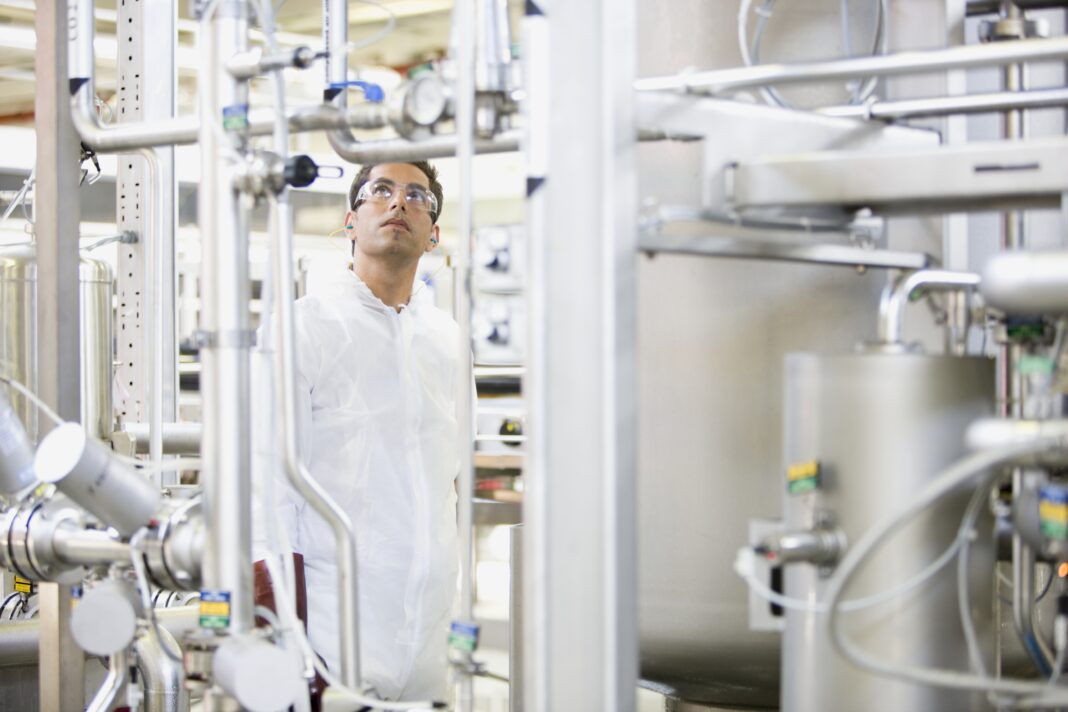A digital twin provides a virtual representation of a process. More specifically, a digital twin (DT) “consists of a model made of the mathematical and causal relationships describing the behavior of a process, and it’s integrated with data monitoring,” says Véronique Chotteau, PhD, director of the Competence Centre for Advanced BioProduction by Continuous Processing, AdBIOPRO, at the Royal Institute of Technology in Stockholm, Sweden. Bioprocesses can use a DT in several ways, including optimizing and controlling a process.
Working with Bernt Nilsson, PhD, director of the process industry center at Lund University, the team described using a DT in the production of a biosimilar mAb with Chinese hamster cells. The process consisted of a continuous perfusion culture followed by a capture step, virus inactivation, and two steps of ion-exchange chromatography. Chotteau and Nilsson are experts in high cell density perfusion processes and automated continuous downstream processing, respectively.
With a continuous downstream process, one challenge is optimizing “the successive steps where the eluate of a column is automatically loaded on the next one,” Nilsson explains. “In this work, the load and pool volumes were optimized thanks to the DT.”
In integrating upstream and downstream processes, Chotteau says that it must be “robust against the variations of the flow rate and mAb titer of the supernatant harvested from the perfusion process.” Otherwise, these variations create uncertainty in the elution timing of following capture steps, which were cation-exchange (CEX) and anion-exchange chromatography (AEX). Nilsson points out that they “applied model-based decision-making controls to determine, for each cycle, the loading of the capture step optimal for the dynamic binding capacity obtained by the DT and the cut-off limits of the CEX and AEX steps, given as well in real-time by the DT.”
In this work, a DT proved crucial to the success of producing the mAb. Without the DT, Chotteau says, “neither the optimization or the model-based decision-making controls would have been possible, and the continuous process would have been, by far, suboptimal.”


